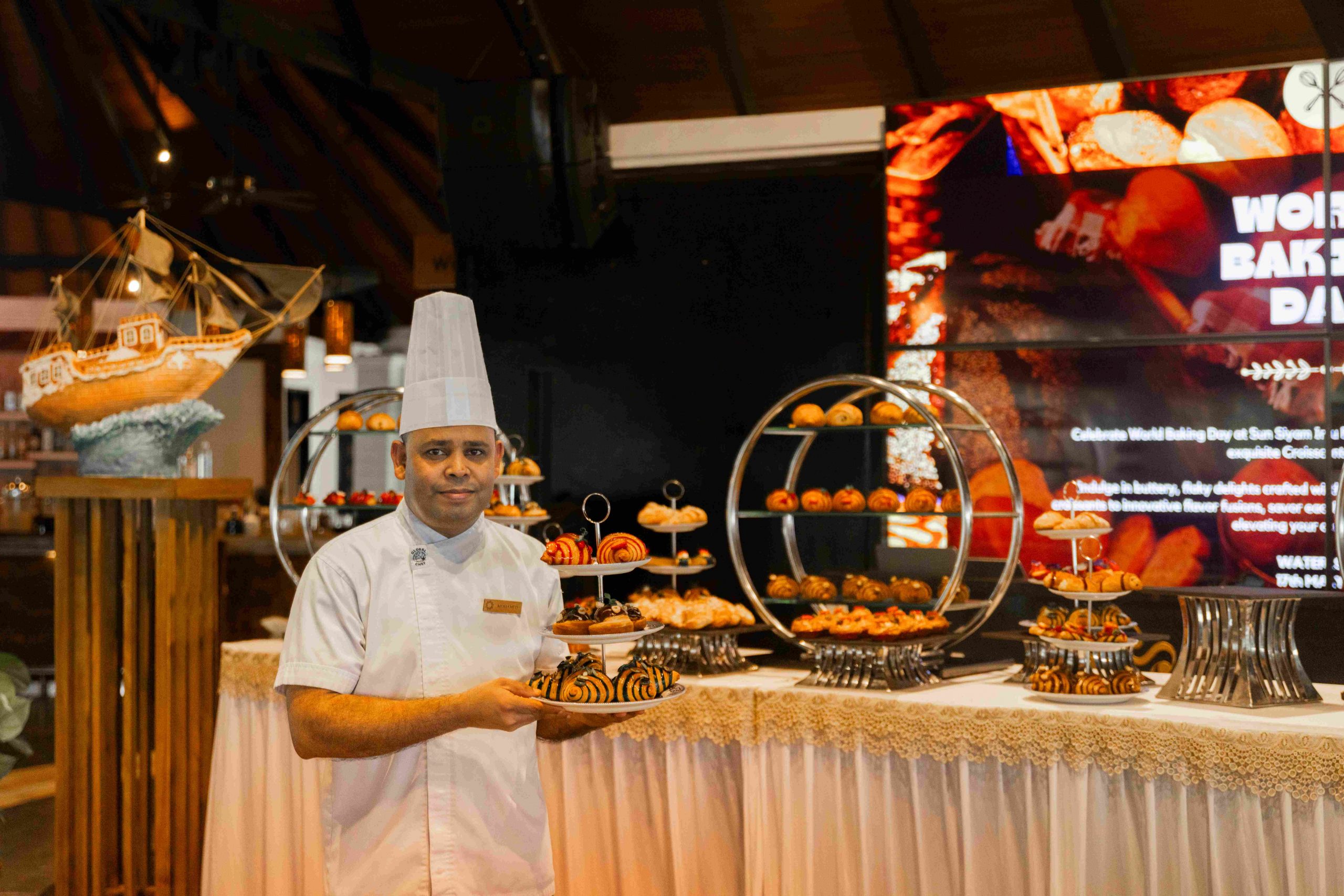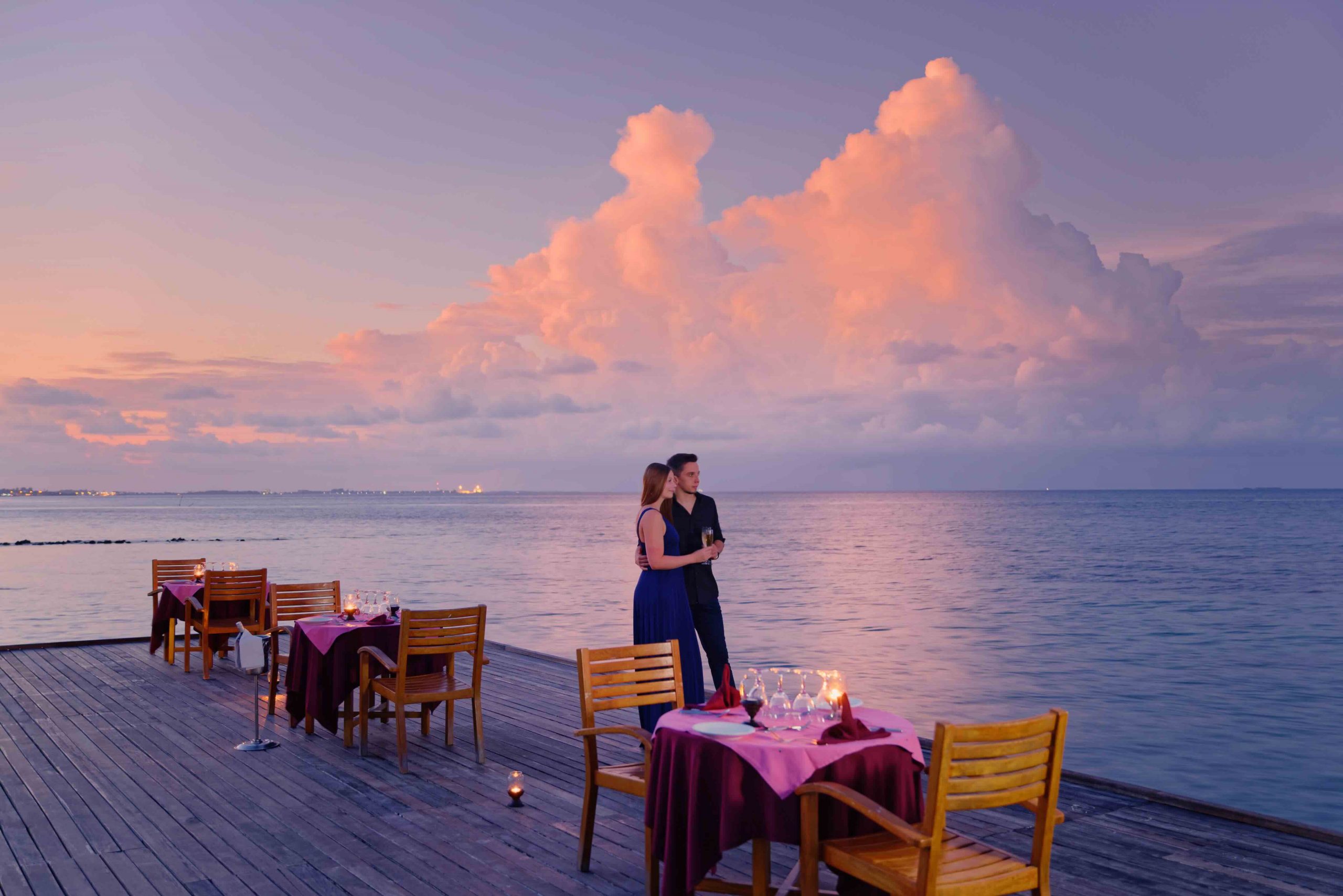Velana International Airport (VIA) announced Indian budget airline, GoAir will start direct flights between Hyderabad and Maldives. According to a tweet by Velana International Airport, starting this season, travellers can travel to the sunny side of life with non-stop flights between Hyderabad and the Maldives.
GoAir resumed its operations to the Maldives last year on 1st November 2020. The budget airline currently flies from New Delhi, Mumbai and Bangalore. The addition of flights between Hyderabad and Maldives will further strengthen the connectivity between the Maldives and India.
As of 6th February 2021, Maldives recorded 23,350 tourist arrivals from India. India is one of the leading tourist source markets, accounting for 21.4% of total arrivals by 6th February 2021. Furthermore, the latest figures from Maldives’ Ministry of Tourism indicate that the island nation recorded 109,219 tourist arrivals by 6th February 2021.
27 airlines are currently operating flights to the tropical holiday destination. As of 3rd February, 11,687 passengers arrived in the Maldives via GoAir. Likewise, the budget airline has made over 200 movements.
Several Indian celebs have chosen the Maldives as they ideal holiday destination throughout the past few months. Alia Bhatt is currently holidaying in the Maldives with her BFFs and sister at the ultra-luxe Cheval Blanc Randheli. Meanwhile last month, Sara Ali Khan, Kishwer Merchant, Lakshmi Manchu, Nikita Sharma and many more Indian celebrities spent their getaway in the Maldives.
Also read: 11 Celebrities that Visited Maldives in January 2021
The neighbouring India and Maldives also maintain a close relationship. India donated 100,000 doses of AstraZeneca’s COVISHIELD vaccine to the Maldives; which the country has started rolling out from 1st February 2021.
In 2020, India was the largest tourist source market to the Maldives. Maldives recorded a total of 62,905 tourist arrivals from India last year. Meanwhile, in 2019, India was the highest performing tourist market to the Maldives, growing by 83.5%.
Feature image by Maldives Airports Company Limited via Twitter







